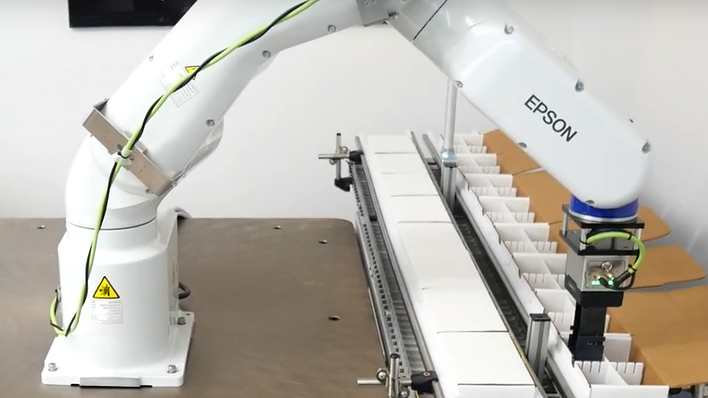The big tech platforms get all the attention these days. But the biggest tech news of 2019 may turn out to be the rise of the manufacturing platforms — companies that rewrite the rules of production and product development, and in the process create new opportunities for local manufacturing.
The economic backdrop is the looming threat of an all-out U.S.-China trade war, which places a new premium on domestic sourcing. If trade tensions get worse, highly scalable manufacturing platforms will make it much easier for companies and entrepreneurs to open up new factories in the United States and plug them right into the platform.
In many ways manufacturing platforms are the logical outgrowth of existing trends toward outsourcing and factoryless production. Manufacturers have been increasingly separating product design and marketing from the actual production process for years.
But as a core technology of the Internet of Goods, manufacturing platforms carry that process to the next level. For example, Amsterdam-based 3D Hubs and Maryland-based Xometry offer distributed manufacturing of parts. 3D Hubs calls itself “the world’s largest network of manufacturing Hubs,” and promises to “[u]pload your files, get an instant quote and go into production in less than 5 minutes.” Xometry offers to “[i]nstantly access the production capacity of over 2,500 manufacturers with wide-ranging capabilities across 50 states,” and calls itself “the largest network of its kind.”
For both of these companies, one key to scalability is automated assessment of whether a part can be manufactured, by what process and at which price. This is what is known as “manufacturability.” 3D Hubs boasts that “Our geometry analyser will give you instant feedback on manufacturability, suggesting the best processes based on your parts design.” Xometry offers an “Instant quoting engine,” that provides manufacturing feedback, lead times and pricing “in a matter of clicks, not days. “
These manufacturability algorithms are potentially equivalent in strategic importance to Google’s search algorithm. For one, they can be improved via machine learning, based on the platform’s experience across many producers. Second, they can increase the efficiency of the product design process, since designers can now get immediate feedback on feasibility and cost even before making prototypes.
Third, and perhaps most important, an entrepreneur opening up a new factory in Illinois, for example, can now potentially tap into global demand through the manufacturing platforms, as long as they meet the requirements of the algorithm. This is something that was not possible before.

Selective Laser Melting. Object printed on metal 3d printer. Model created in laser sintering machine. DMLS, SLM, SLS technology. Concept of 4.0 industrial revolution. Progressive additive technology.
Another angle: Some manufacturing platforms make it easier for consumers to customize their purchases of clothing or jewelry, say, before they are even made. For example, London-based Unmade “gives brands the ability to offer customisable products and manufacture the results.” Unmade notes that “E-commerce orders are sent direct to your factory, made and delivered straight to the consumer.” In effect, Unmade’s business model creates more variety for consumers without creating more waste.
Huge manufacturing companies like Siemens and GE have gotten into the manufacturing platform game as well, with varying degrees. For example, Siemens offers Mindsphere, “a cloud-based, open IoT operating system” that “connects your products, plants, systems, and machines, enabling you to harness the wealth of data generated by the Internet of Things (IoT) with advanced analytics.” And while GE’s digital unit has struggled, the company’s Predix Platform still has strong potential as “a comprehensive and secure application platform that can run, scale, and extend digital industrial solutions.”
The fact is that we don’t know which manufacturing platforms are going to be the winners, just as it wasn’t clear ahead of time which social network was going to come out ahead, or which company was going to invent the first smartphone and the first App Store.
But we do know that manufacturing platforms will be an essential driving force for the digital factory boom of the next 10 years.
This article was written by Michael Mandel from Forbes and was legally licensed through the NewsCred publisher network. Please direct all licensing questions to legal@newscred.com.
![]()



